When a day job inspires someone to get into photography, it’s usually because the job is dull or uncreative. Photography becomes a form of escape or an avenue for creative expression. However, for landscape photographer Matthew Dartford, buying a camera was actually part of his job. As a digital illustrator, he works with photography almost daily.
Although illustration and photography are separate fields, being an illustrator has helped Matthew master certain photographic concepts more quickly. “Much of my day job has some form of photographic element to it. But from a basic creative perspective, things such as composition and colour theory are exceptionally useful and transfer from one discipline to the other very well.”
Having professional experience with editing software has been nice, too. He uses Photoshop every day at work. While Photoshop doesn’t guarantee great photography, it’s certainly helpful to already have a basis for processing shots.
Felbrigg Woods
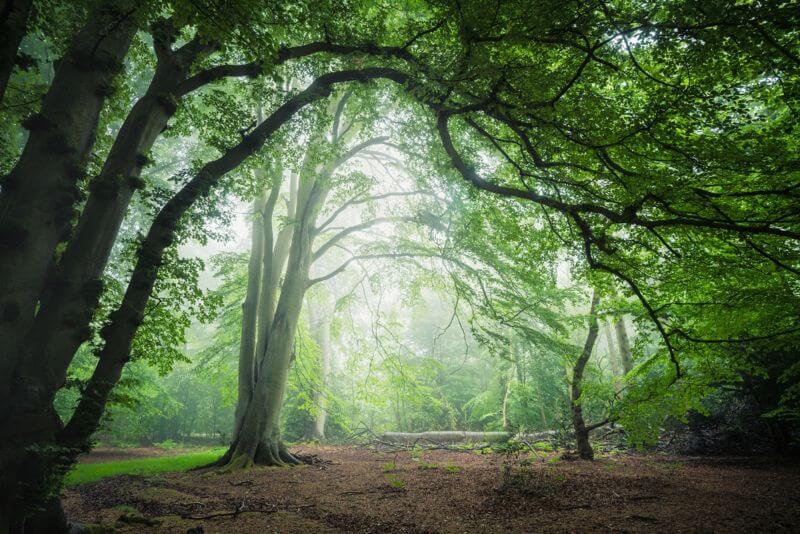
Felbrigg Woods
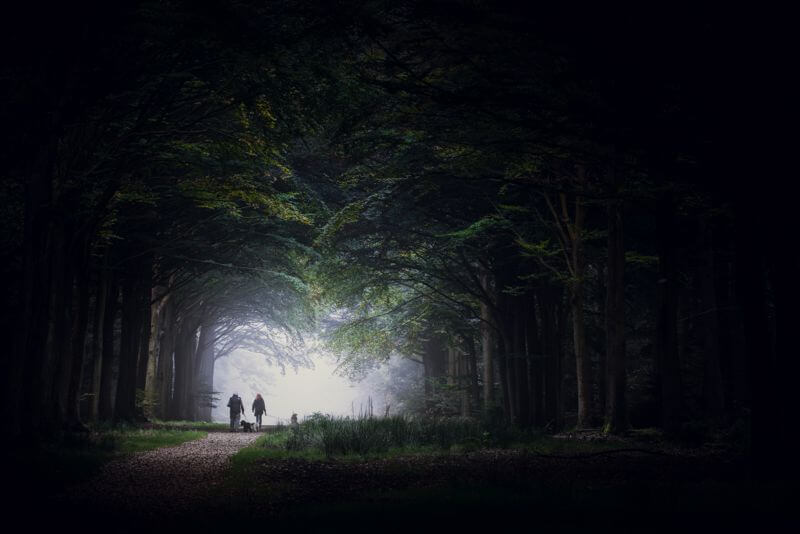
Woodlands are one of Matthew’s favorite landscapes to shoot. He especially enjoys going out at sunrise to see wildlife, when no one else is around. “It’s quite unusual to cross paths with anyone else at those times (especially at 5am),” he says. “I found this to be one of the most enjoyable aspects of getting up and out of the house early. You usually have the area all to yourself. And if you’re lucky, you might chance across some deer, a fox or two, and perhaps an owl.”
His favorite locations to photograph are the Blockling and Felbrigg estates, close to his home in Norwich, England. “Both of these estates have old stately homes attached which are now open to the paying public and are very popular with tourists. But like many old stately homes around the UK, they have some excellent ancient woodlands to explore. They are usually so large and varied that you could photograph them for many years and never take the same shot twice.”
Autumn is his favorite season to visit these estates–although “all the seasons are good, as the forest changes and evolves with them.”
Felbrigg Hall
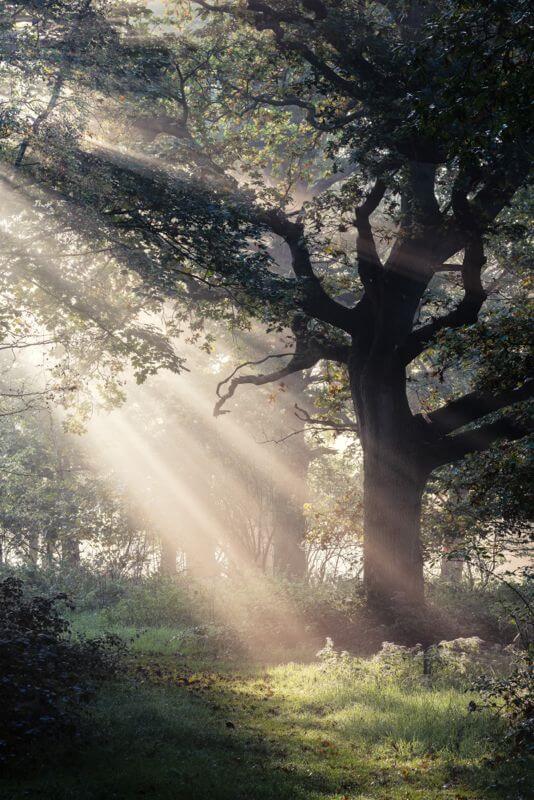
Felbrigg Hall
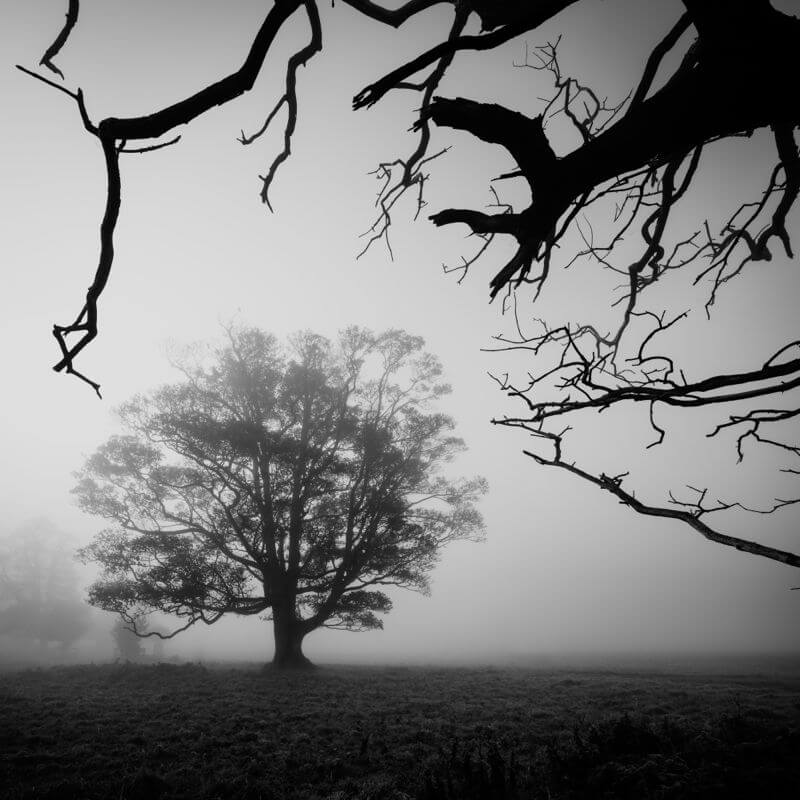
Forests can be challenging landscapes to shoot for some photographers. Despite their natural beauty, the quiet atmosphere of woodlands can be difficult to capture. Which tree(s) do you choose to photograph?
“Ultimately, there are no rules,” Matthew says. “Grab a camera, grab a couple of lenses (make one a macro, ideally) and shoot.” In other words, don’t take the shoot too seriously. While some photo shoots rely on good planning and careful execution, photographing a forest takes more spontaneity.
From a practical perspective, Matthew suggests wearing good boots, using insect repellent, and bringing a good GPS device. Be wary of ticks, too.
Westwick Woods
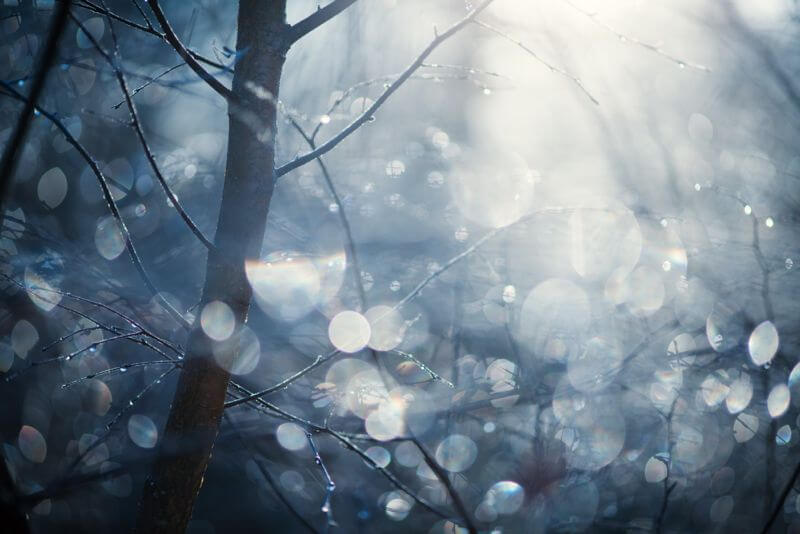
Westwick Woods
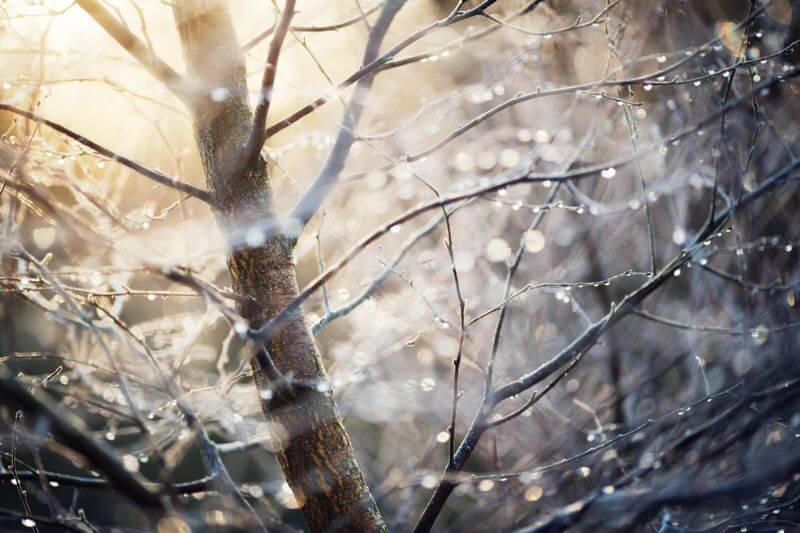
Being a photographer has taught Matthew three valuable skills: patience, persistence, and perseverance. “It’s quite common to take hundreds of shots before you get one you’re happy with. You may have to visit a location multiple times, in multiple conditions to get the shot you finally want.”
Being patient was a challenge for Matthew when he first started out. “It was quite common to get a little disheartened with the results I was getting.” Over time, though, he got into the habit of revisiting and reshooting locations. When he was lucky and conditions were right, he’d finally get a great shot.
When deciding whether to reshoot a location, he goes by his own inclination rather than popular opinion. He has a few shots that, despite being well-received, aren’t quite what he wants. He plans on retaking those shots when the conditions are right. He doesn’t rush or worry about it, though. Photography takes patience, after all.
Herringfleet Woods
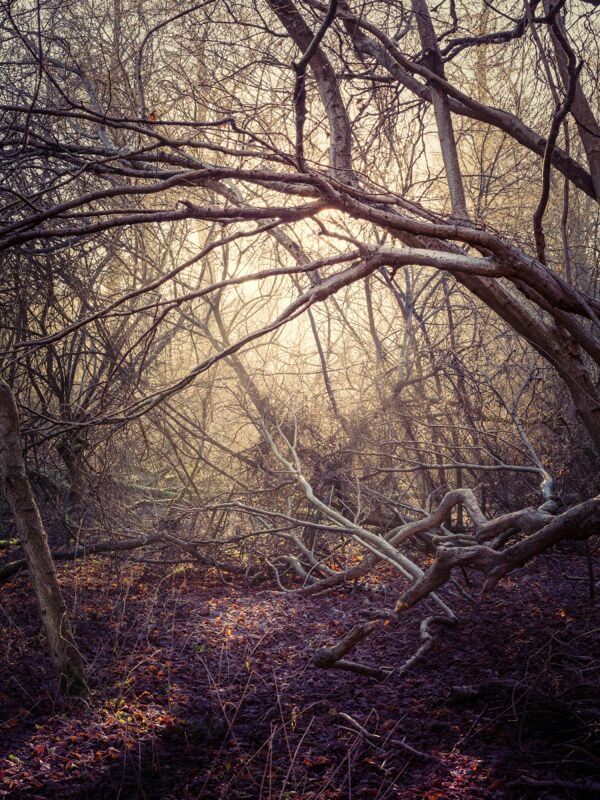
Off the A1067
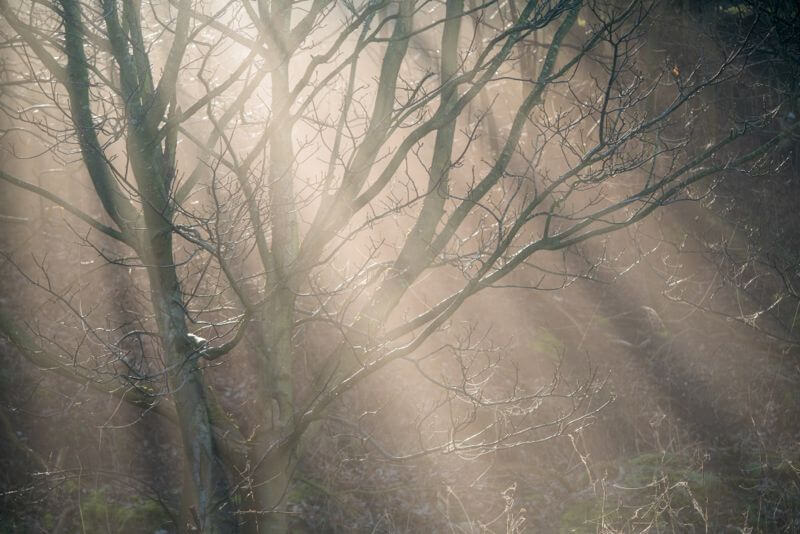
Horsford Woods
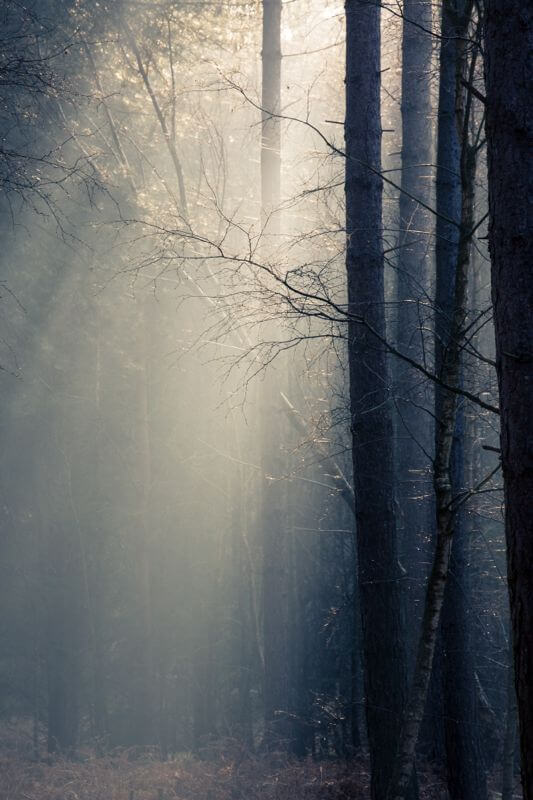
Sherringham Woods
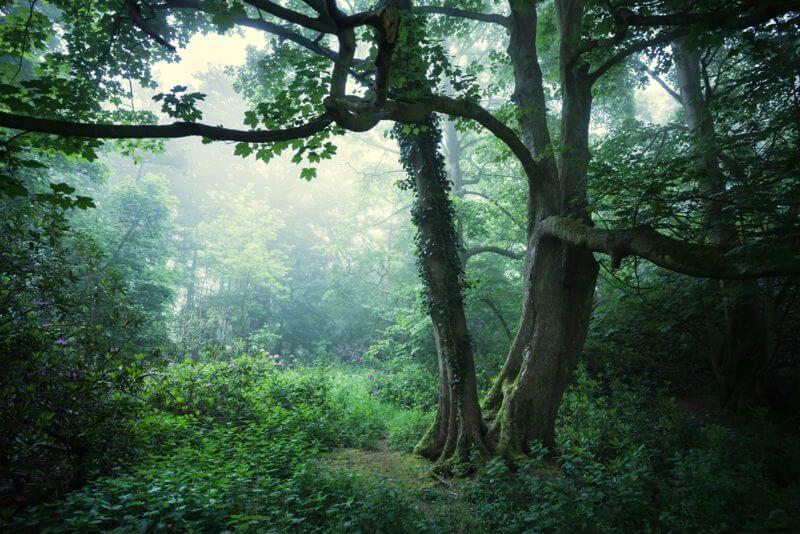
Sherringham Woods
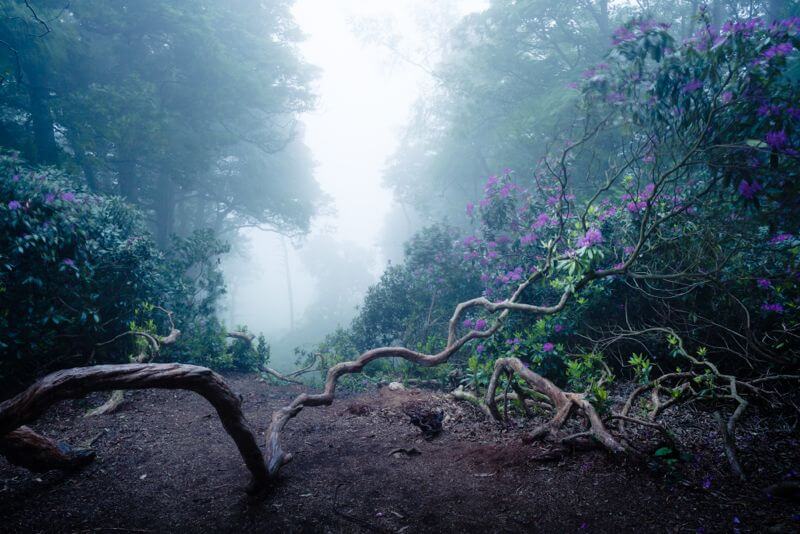
Holt Country Park
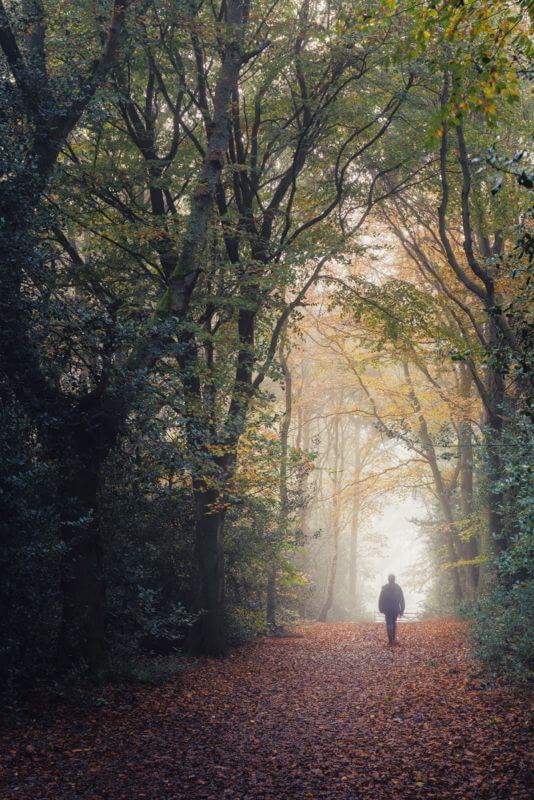
Mousehold Heath
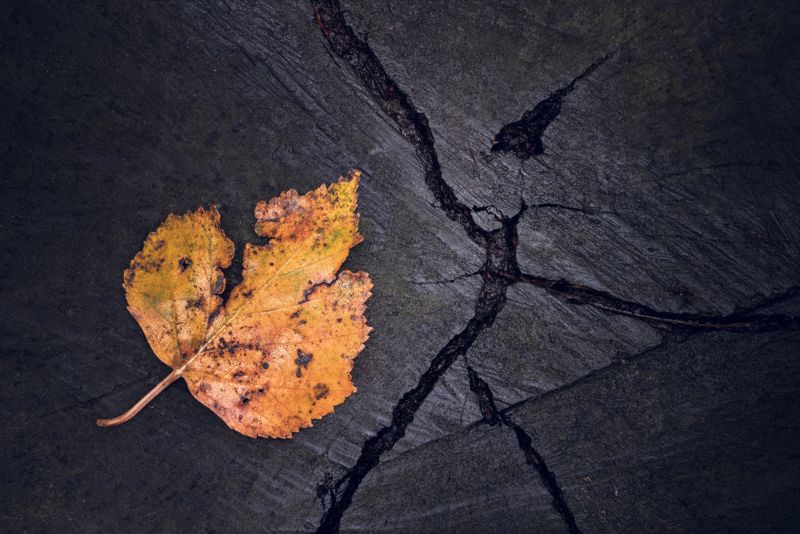
Westwick Woods
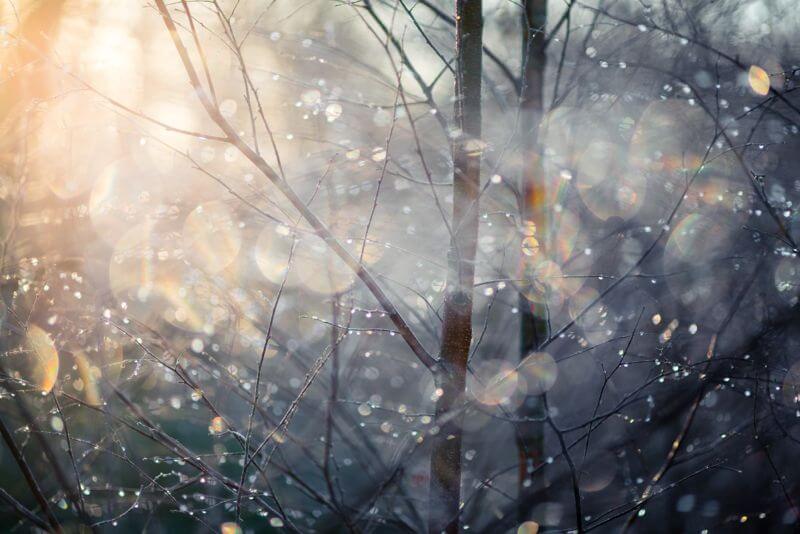
Westwick Woods
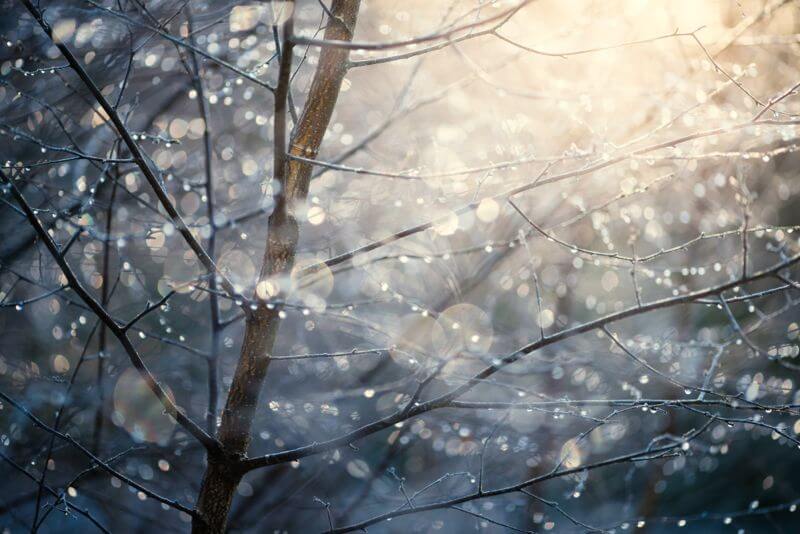
Bacton Wood
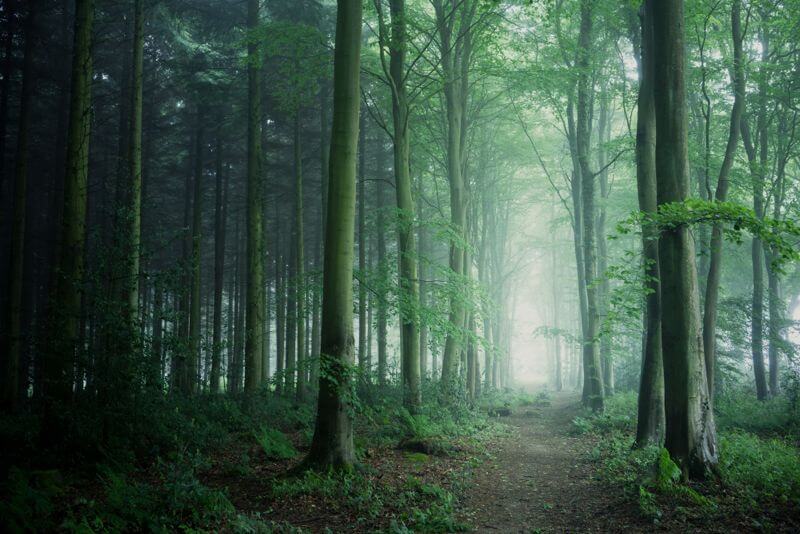
Bacton Wood
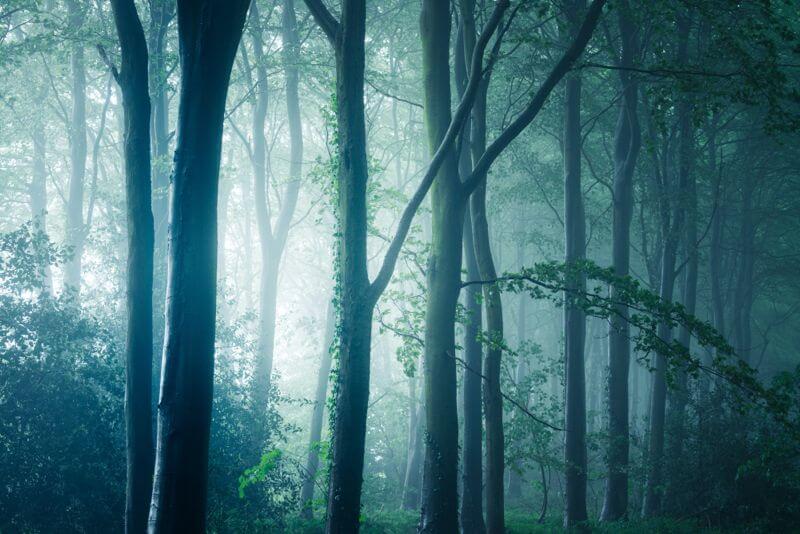
Bacton Wood
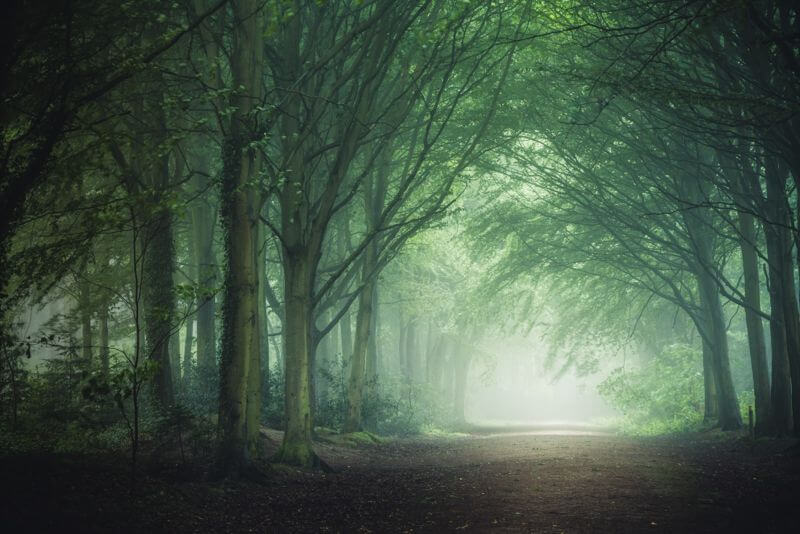
Bacton Wood
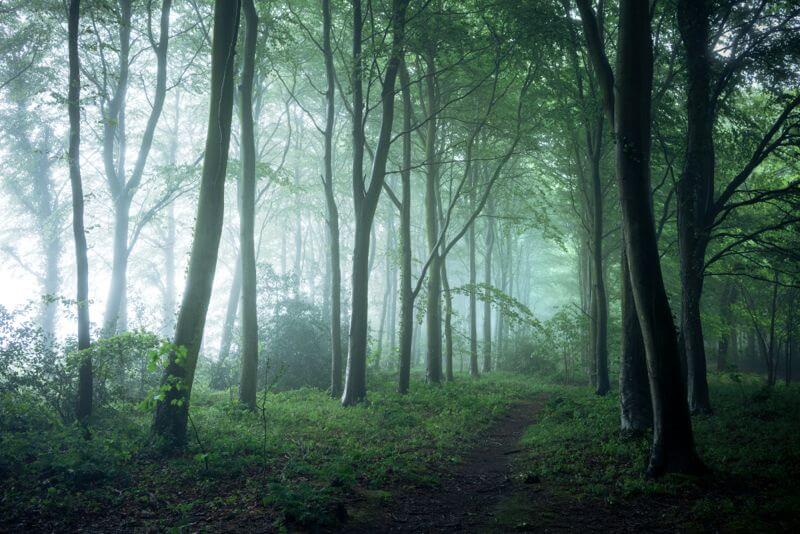
Blickling Mausoleum
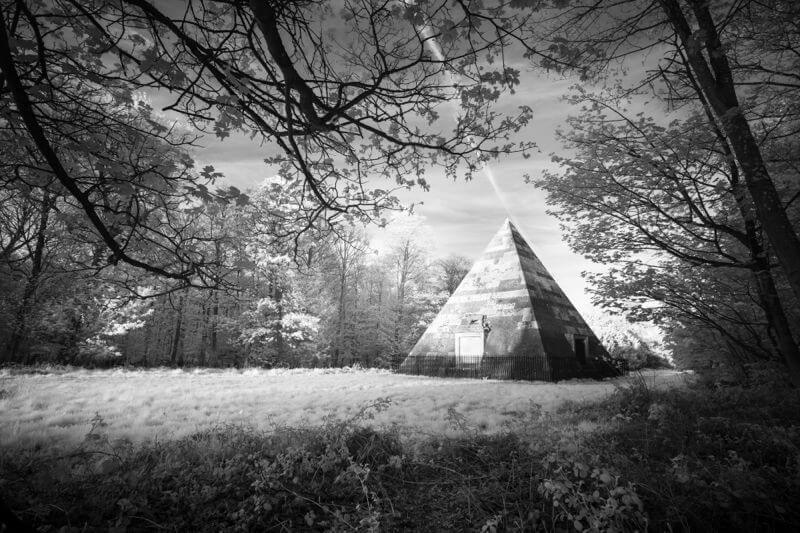
Guist Woodland
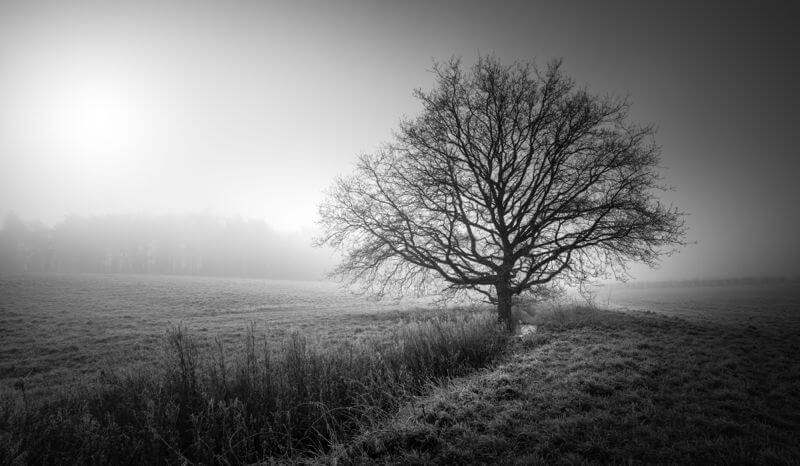
To see more of Matthew’s photography, visit his website, 500px or Flickr photostream.
